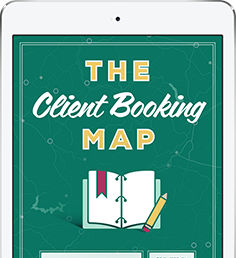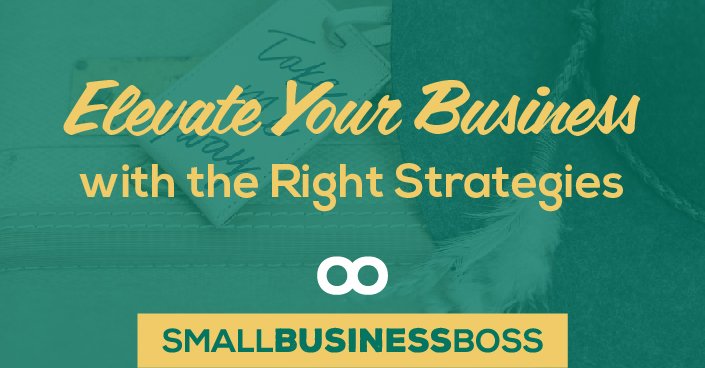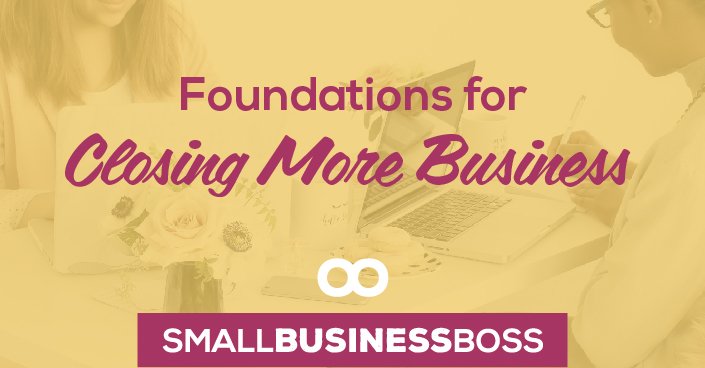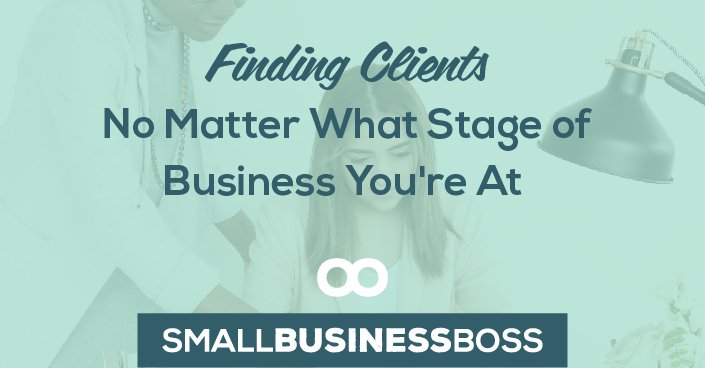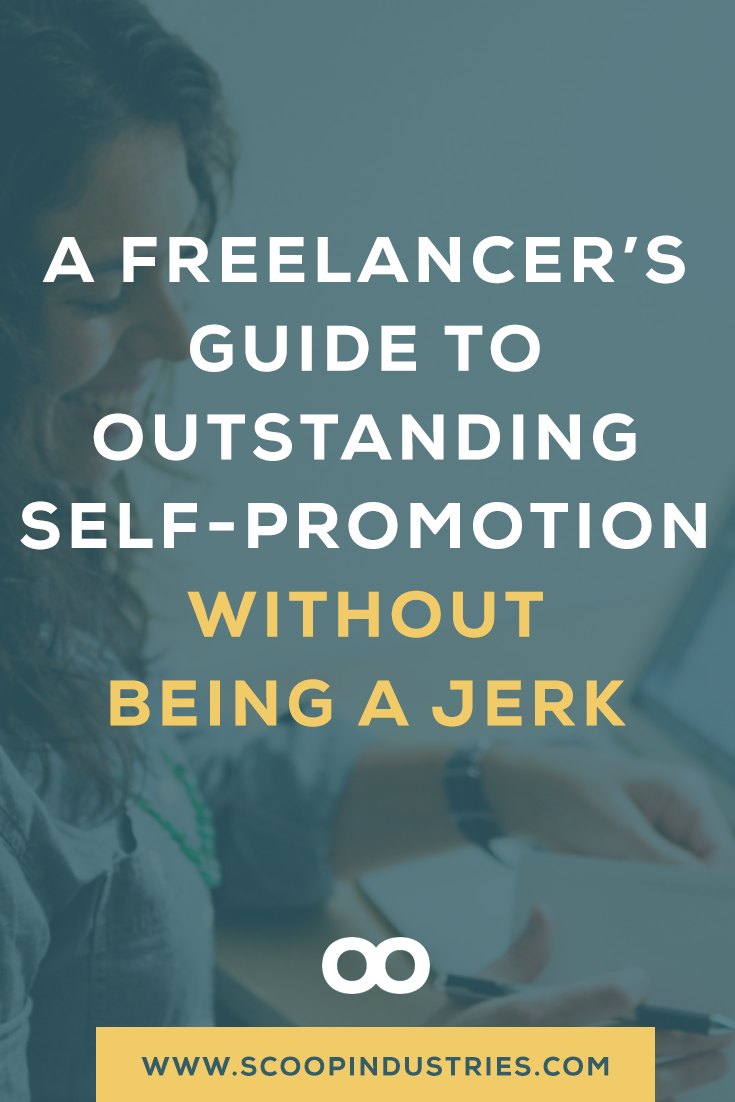
A few weeks ago, I found myself in the middle of a rather, ahem, spirited discussion in a Facebook Group about self-promotion.
While I’m all for differences of opinion, sometimes we can get so focused on our own agenda that we miss the point. That we do damage to our brand and reputation by being so promotional that we turn people off.
When you’re self-promoting, it’s a fine line. And most of us fall into one of two camps:
Camp #1: Self-promotion gives us the ick so we hide out and don’t promote.
Camp #2: Self-promotion is part of a master marketing plan, consequences be damned. Those that don’t like it, can suck it.
Okay, I’m partially joking, but there’s some truth in these scenarios so I want to break them down a bit further.
The Problem with Not Promoting Yourself At All
When you’re in camp #1, it’s super hard to do business with you. When NO ONE knows about you because you’re hiding out behind your laptop lurking instead of engaging, it’s going to be hella hard to book clients.
Maybe you’re hiding out because you’ve got a good roster of clients, and it’s just not a priority. But I’d recommend you rethink that strategy so you’re not scrambling when your biggest client drops off unexpectedly or their situation changes. (Been there, done that, not fun!)
The bottomline is, if you’re running a business, some level of self-promotion is just part of the game.
When Self-Promotion Goes Wrong
Then there’s camp #2. I’d like to believe that most people in this camp are actually well-intentioned and just received some really shitty training along the way.
And if this sounds like you, it’s not your fault. You can fix this and get things back on track.
Often, how we’re taught to promote is pushy and self-serving. But because we defer to experts or “leaders”, what’s designed to be “helpful marketing” comes across as thoughtless, pre-fab and, honestly, completely self-serving.
Your marketing isn’t helping you if people roll their eyes or can smell your agenda a mile away. (And yes, inspirational posts in Facebook Groups which are thinly veiled pitches, I’m talking about you.)
How To Self-Promote Without Being a Jerk
No matter how you’re doing (or not doing) your self-promotion right now, you can do it in a way that helps you show up and be of real service. In short, in a way where you’re not a jerk.
If you really want to be seen and noticed, start by ditching the self-promotion in the first place.
Show up and be of service in what you do.
How?
Use what Gary Vee calls the Jab, Jab, Jab and Right Hook.
Your jabs are listening, answering questions, creating valuable content and all the things that are of service. Be useful and helpful first and foremost, and then you go to “right hook” (and lose the sense of entitlement). Your right hook isn’t “buy this, you owe me”, but rather an invitation. An invite that most people will decline and that’s okay.
Let’s get specific on how to “jab” so you’re truly of service. Here’s four ideas to help you get started:
#1. Remember Facebook Groups Are Communities
Over the past three or four years, the sheer number of Facebook Groups has exploded. There are millions upon millions of groups, which means there are definitely some groups related to your business.
Groups are an amazing place to connect with would-be clients, collaborators and all kinds of other people you should know.
But Facebook Groups are a community, which means it relies on its members to show and up and act like humans. Not like marketing machines that shamelessly post their thing across 5 groups at once.
Instead, show up and answer questions. Have a personality. Be a legit, solid human in a community, the same way you would if you weren’t behind a screen.
#2. Stay in Touch
We’ve all got networks of friends, supporters, past clients, co-collaborators and more that we’re connected to. And while it’s great to meet new people, staying in touch with these networks is equally as important.
Thanks to Facebook, LinkedIn and other platforms, we’re able to be connected with people in a way like never before. But don’t confuse this with actually staying in touch.
Relying only on social media is sloppy and if you really value the connection, go the extra mile to connect with people on an ongoing basis.
This could be a quick email to check in and see if you can support them or even a card you drop in the mail to say you’re thinking of them.
My friend Sue is a master at this. I’ve been friends with her for more than 20 years, and she makes a concerted effort to stay in touch with friends, family, past co-workers and anyone else she’s connected with. Her effort is genuine and everyone who is friends with her does the same as we know she’s the real deal.
Taking the time to make this effort goes a long way and helps set you apart in a digital world. Let’s all try to be more like my friend Sue.
#3. Be a Super Connector
Quick persuasion lesson. As humans we’re motivated by the principle of reciprocity, meaning when someone does something for us, we want to return the favor. We’re hard-wired to want to keep things even, so we’ll always do things first for people who are helpful to us.
This is why being a super connector – the type of person that’s always making connections, introductions and referrals – is so incredibly powerful.
I’m not going to lie. Connecting people in this way takes time and effort, but once you really think about it, you can easily (and more importantly, authentically) see where people need to be connected.
This can be a simple email introduction to say, “hey, you two should know each other”. This gets two people you dig together, even if it’s just for a quick hi, or even better, a coffee.
The real secret to being a super connector is to do it because you genuinely want to connect people, not because you expect anything in return. But when you actually do this, it’s going to feel super rewarding – and in time, all that good karma comes back to you.
#4. Create Content That Solves a Real Problem
With my blogging students, I teach them to create content that actually supports their business goal. Don’t just create content to cross it off. Another part of the equation when creating your content is to listen to your audience. Maybe your blog post or podcast helps support your business goal, but if no one actually cares about what you’re writing about, there’s simply no point.
The best content will find the sweet spot between the problem your audience needs to have solved, and your business goals.
You may be wondering how to figure out what their problems are. It starts with asking and then listening.
If you already have an audience, ASK them what they are struggling with. What they want to learn. Where they are stuck. You can ask individuals, conduct a survey or even hop onto Skype to interview people.
Thanks to social media, you’ve got countless places to listen. What are people asking in Facebook Groups or on Twitter chats? What pins are positively viral on Pinterest? You get the idea I’m sure. Listening starts with paying attention.
This exercise always surprises me, but it also helps to create our most popular content. It takes time, but to solve a real problem, you need to know what the problem actually is in the first place.
Promotion is all part of the game when you’re running a business. But how you show up to that game is up to you. Just remember – people need to know you to do business with you, and when you do promote, your reputation is at stake, so don’t show up and be a jerk.

